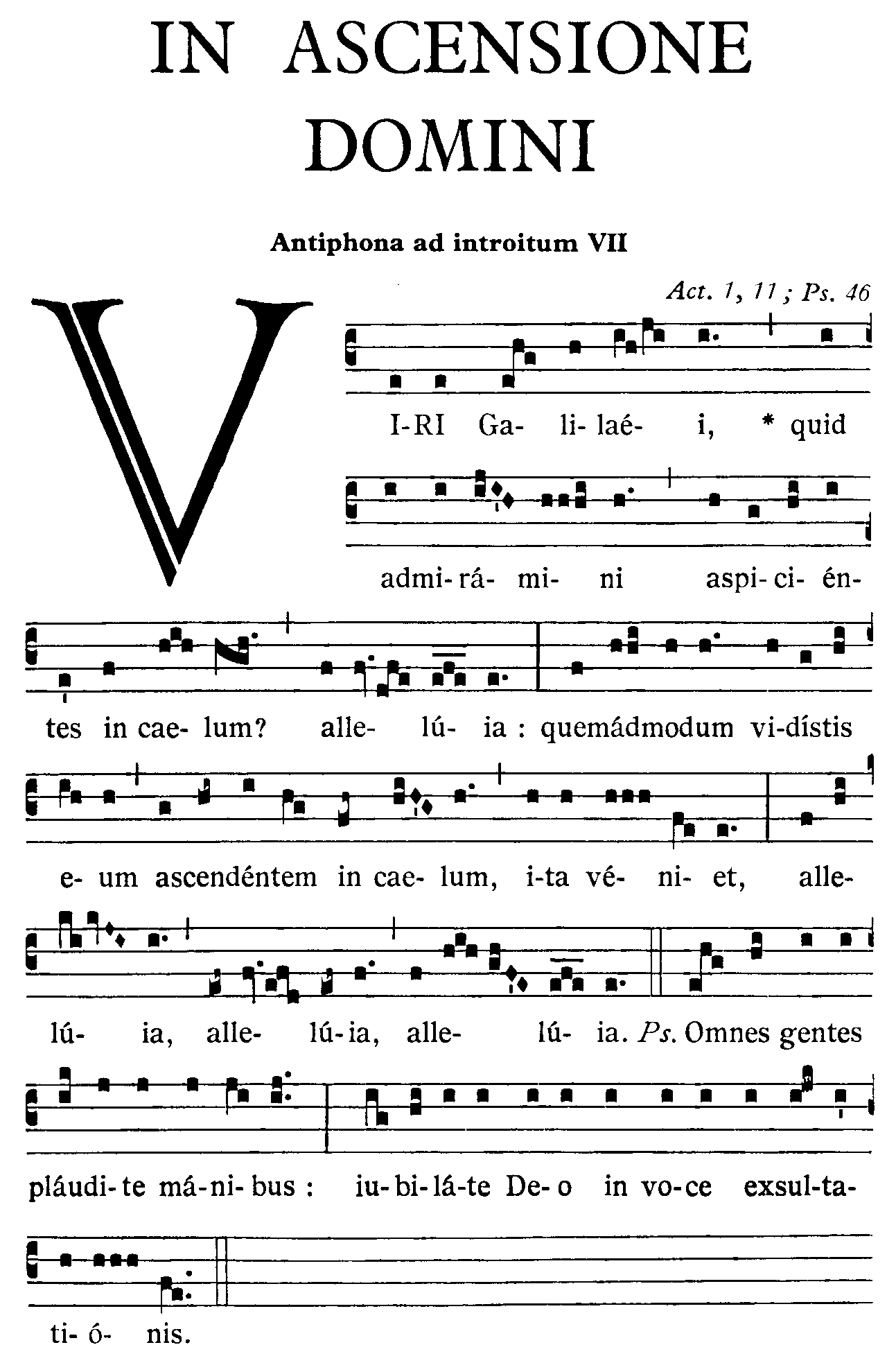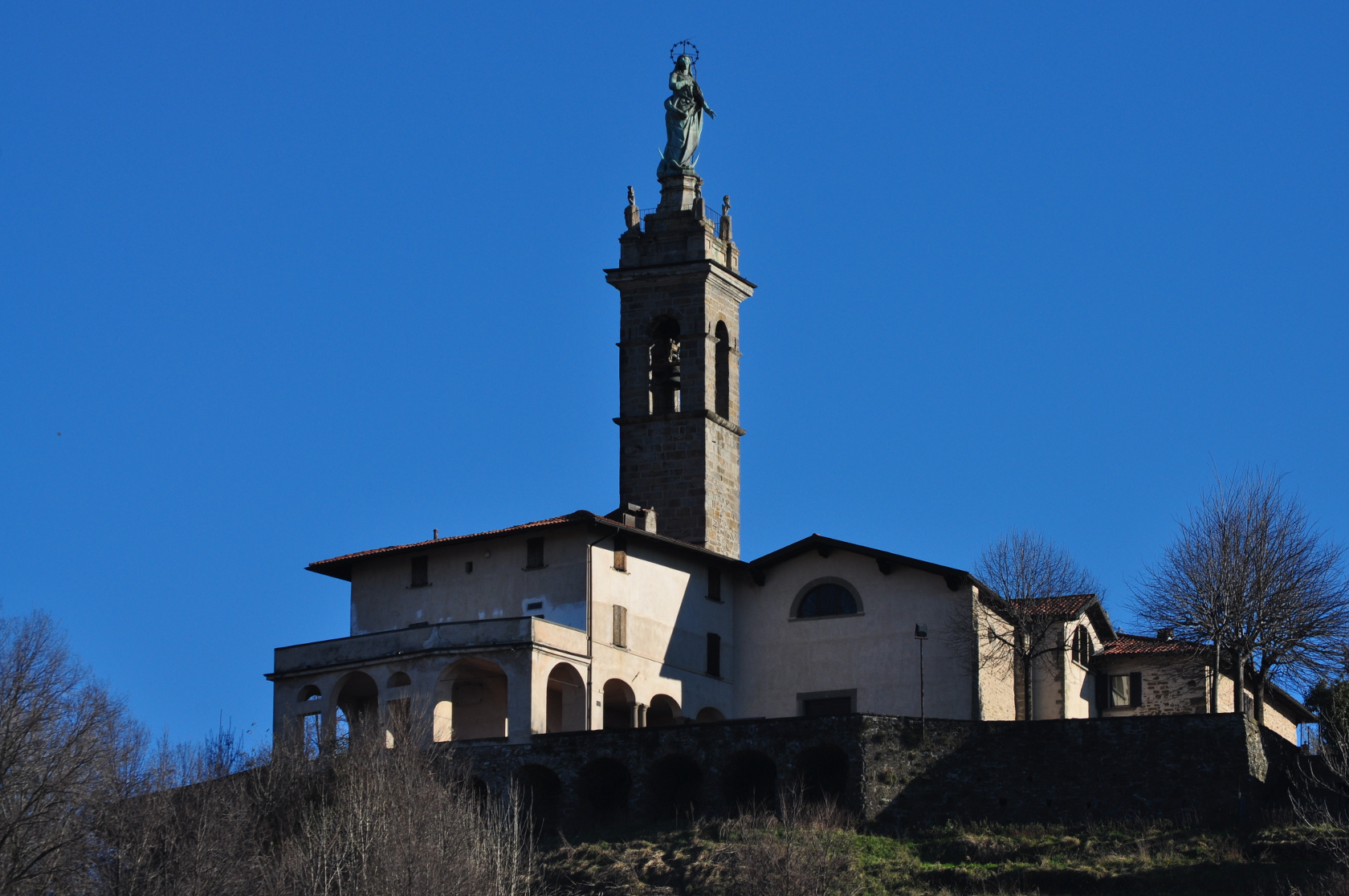The other neuralgic point of the entire liturgical reform is the direction (orientation) of the celebration of Mass, and so of the altar itself. Again, this is not something directly connected with the reform that was specifi ed. Neither the Council, nor any individual instruction of the Church, ever decreed that altars be turned ‘versus populum’ (for celebration with the priest facing to the congregation).
It is obligatory neither in the classical Roman Rite nor in the New Rite. Since a detailed discussion of the topic is available in Fr Uwe Michael Lang’s book (Turning Towards the Lord), which may be complemented with several writings of Joseph Cardinal Ratzinger, there is no need here to repeat the arguments. A short summary of the facts:
- Liturgical law does not make obligatory celebration versus populum (in fact it does not specify the direction of celebration at all).
- In historical retrospection both orientations were possible in the Church from the very beginning; the prevailing (in fact almost universal) situation was that both the priest and the congregation prayed regularly turning towards the east.
- Turning towards the east was justified in the tradition by biblical and theological motives, as well as by the eschatological orientation of the
liturgy. - It manifests more clearly the sacrificial character of the Mass.
- In a pastoral perspective, this tradition expresses that priest and the congregation face the same direction while praying, turning towards the symbolic direction of the Lord’s presence and future coming.
(László Dobszay, The Restoration and Organic Development of the Roman Rite, p. 90)


